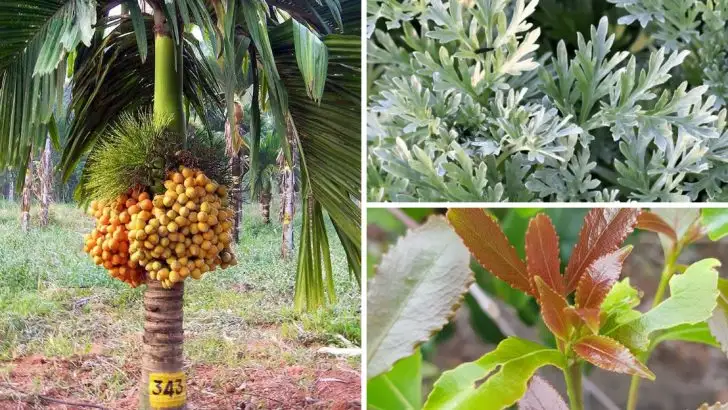Some plants live life on the edge—and in the US, they roam free. Across the globe, strict rules lock these botanical rebels away, but here, they flourish in full color. Picture a garden featuring wild, audacious species that push boundaries with every petal and leaf. These are the mavericks that other countries ban or restrict, yet American yards celebrate their fearless beauty. Each specimen tells a tale of defiance: vibrant hues, untamed forms, and a spirit that won’t be tamed by convention. They challenge expectations and add a touch of rebellious charm to any garden space. Get ready to discover 13 extraordinary plants that defy limits. Your outdoor space will transform into a bold statement of freedom and style, where the rules are redefined with every blooming revolution.
Khat
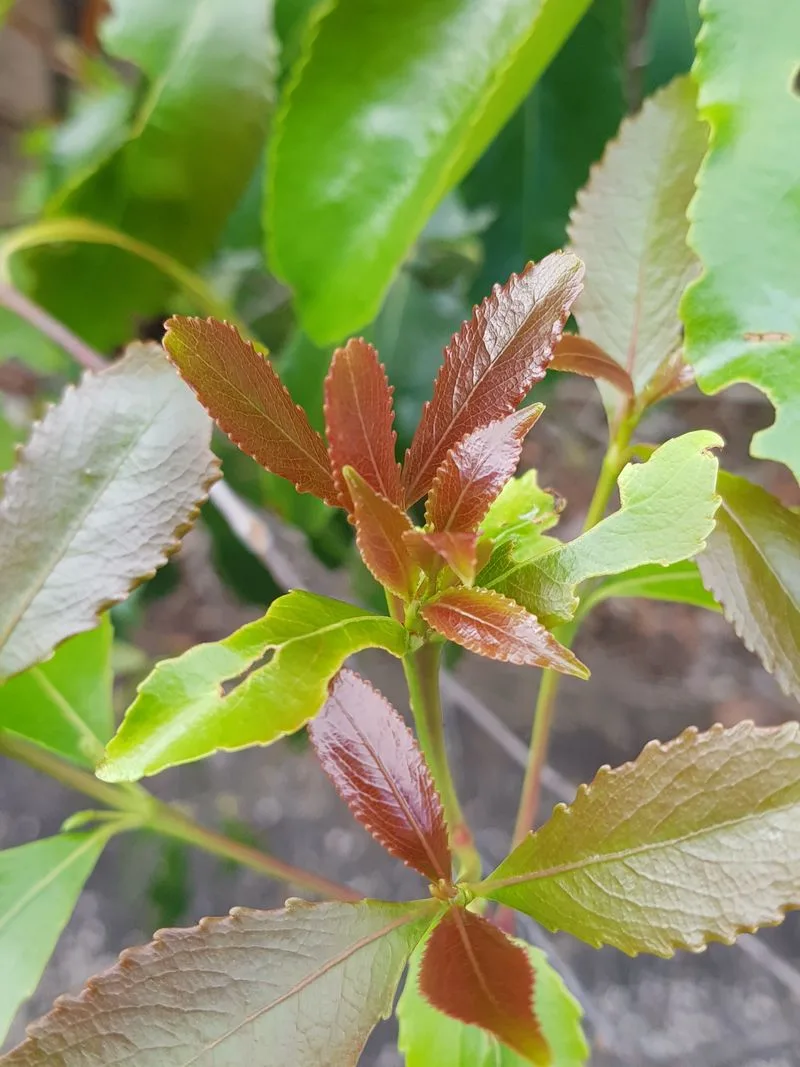
In Somalia, khat is a common stimulant used in social settings, but it faces severe restrictions in countries like the UK and Canada. It is prized for its stimulating effects and used in cultural practices. However, internationally, it’s viewed as a potential cause for addiction. This has led to its prohibition in many countries. The plant’s legality in the US is surprising to some, considering its controversy abroad. It serves as an example of how cultural differences can influence the legal status of botanicals.
Absinthe

Absinthe, often dubbed “the green fairy,” is a spirit with a mysterious aura. Once banned due to alleged hallucinogenic properties, it’s now legal in the US, albeit with regulation. The ban in the early 20th century in Europe stemmed from fears of madness and moral decay. Today, the US permits its sale, provided the thujone content is controlled. This plant’s journey from notoriety to acceptance showcases how perceptions evolve over time, blending myth with reality.
Kratom
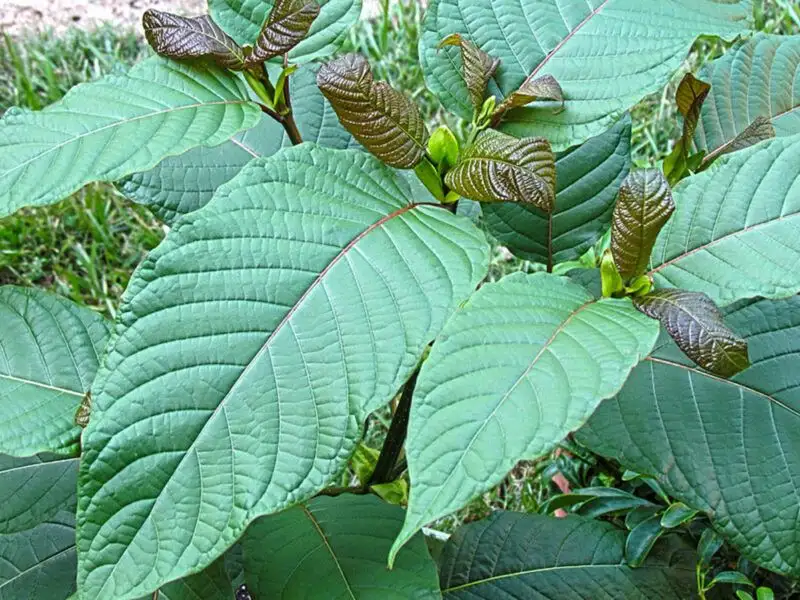
The leaves of the kratom tree, native to Southeast Asia, are used for their psychoactive properties. In countries like Thailand and Malaysia, kratom is banned due to concerns over addiction. However, in the US, it remains legal, with users advocating for its pain-relieving benefits. This disparity highlights a cultural clash over traditional medicine versus modern regulatory frameworks. It serves as a reminder of the ongoing debate regarding herbal supplements’ role in health and wellness.
Betel Nut

Chewing betel nut is a time-honored tradition in many Asian countries, yet it’s banned in places like the UAE. Known for its stimulating effects, it carries health risks such as oral cancer. While the US allows its sale, it is not widely consumed. This plant’s complex relationship with cultural heritage and health concerns underscores the challenges of regulating natural products. Each region’s historical and social context plays a significant role in its legal standing.
Salvia Divinorum
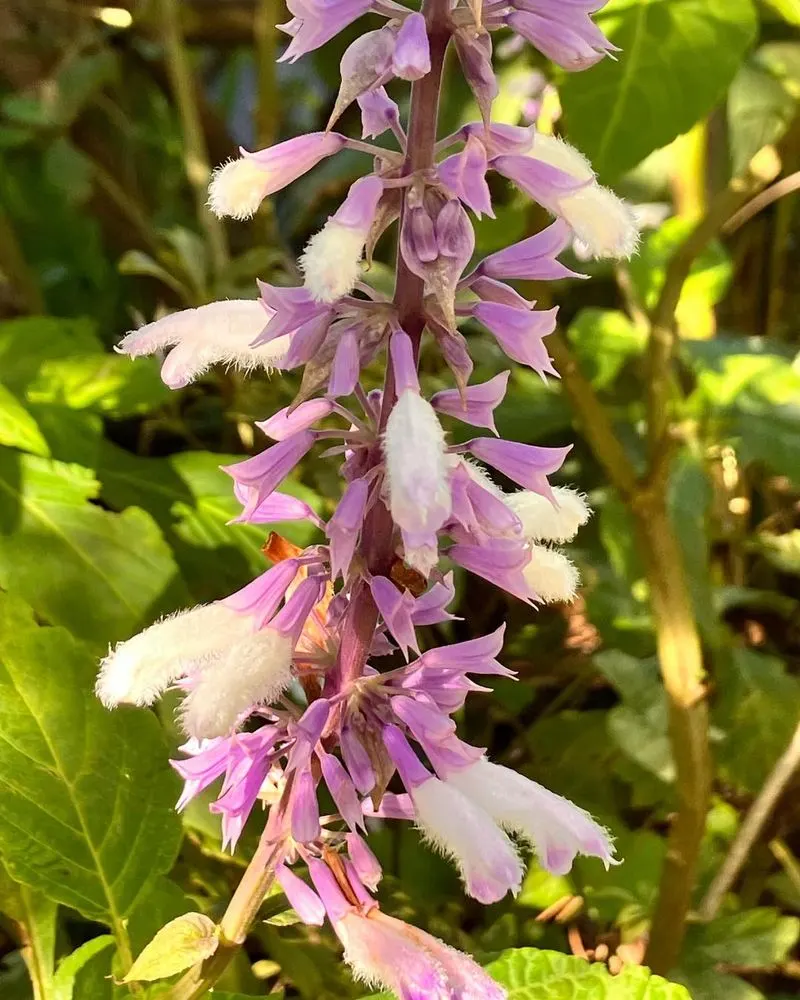
Salvia divinorum, a powerful hallucinogen, is sacred to the Mazatec people of Mexico. While illegal in many European countries due to its potent effects, it’s legal in several US states. This plant’s spiritual significance contrasts sharply with its recreational use, prompting debates about cultural respect versus regulatory needs. Its status in the US reflects a delicate balance between personal freedom and public safety, illustrating the complexities of plant legislation.
Ephedra
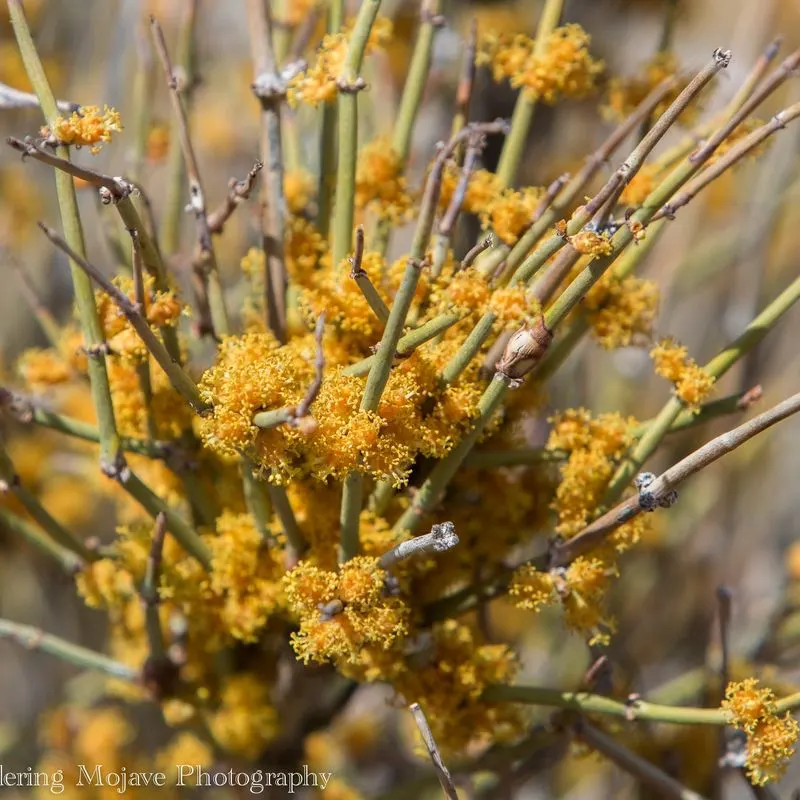
Ephedra, a staple in traditional medicine, is known for its weight loss and energy-boosting properties. Banned in countries like Canada due to safety concerns, it remains accessible in the US with restrictions. Its journey from ancient remedy to modern-day controversy highlights the tension between natural health practices and regulatory oversight. The plant’s status here illustrates the diverse approaches to balancing health benefits and potential risks.
Rauwolfia Serpentina
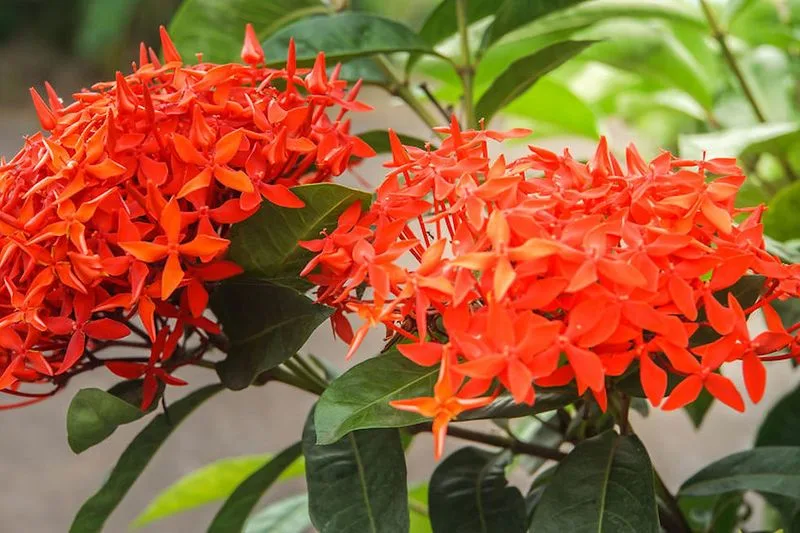
Rauwolfia serpentina, used in Indian Ayurvedic medicine, is a key ingredient in treating hypertension. Banned in Norway due to its potent effects, it’s legal in the US but not commonly utilized. This disparity underscores the differences in medical approaches across cultures. The plant offers a glimpse into the nuanced world of herbal medicine, where traditional knowledge and modern science often collide. Its legal status is a testament to the diverse attitudes towards alternative treatments.
Cannabis
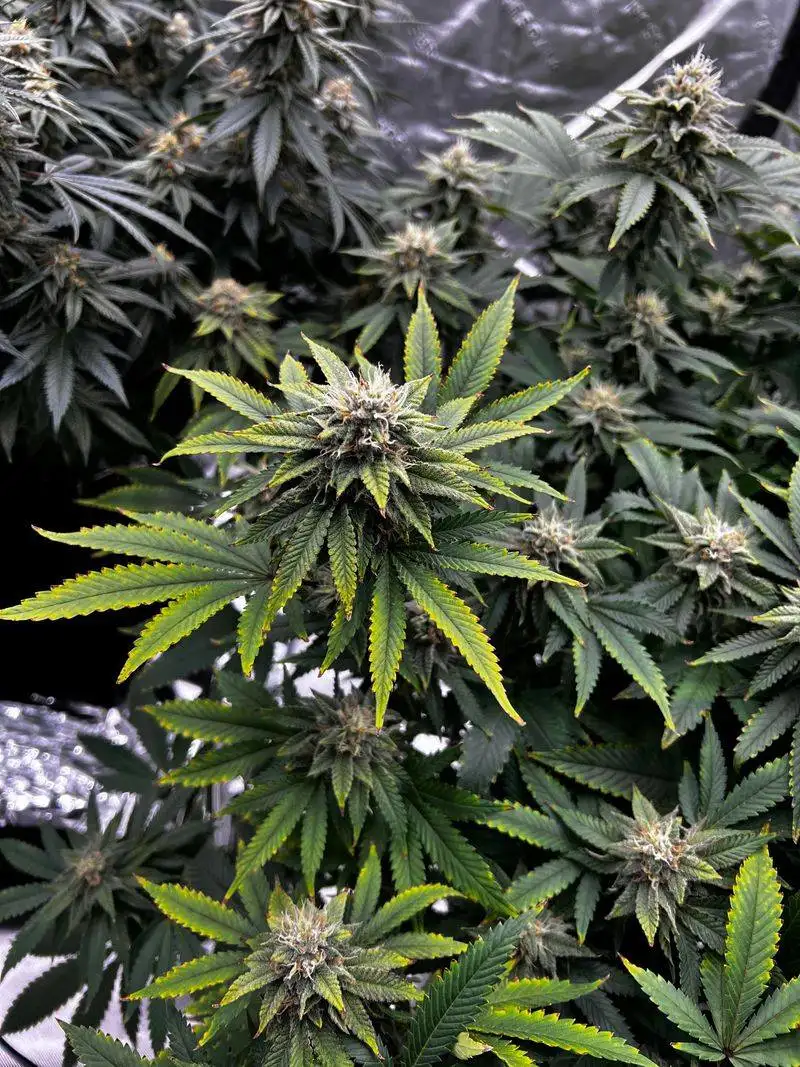
While cannabis enjoys legal status in many US states, it remains banned in several Asian and Middle Eastern countries. Known for its psychoactive and medicinal properties, it embodies the complex interplay between cultural norms and legal frameworks. The plant’s status highlights the ongoing shift in societal attitudes toward recreational and medicinal drug use. Its journey from taboo to acceptance is a fascinating study of cultural evolution.
Peyote
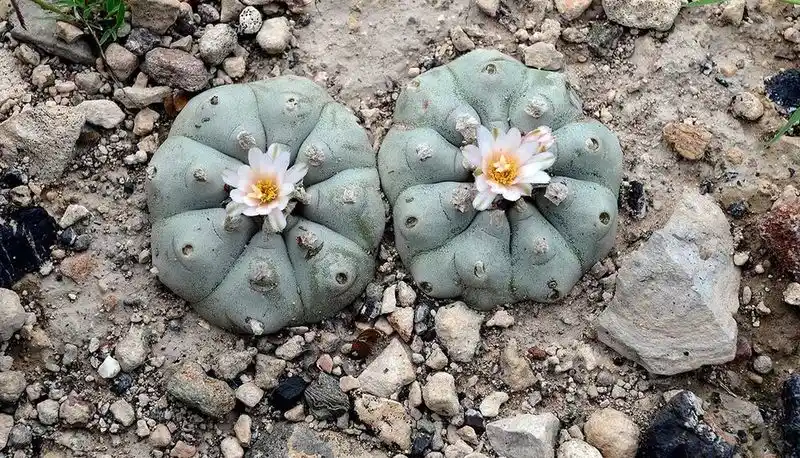
Peyote holds spiritual significance for indigenous tribes in North America, used in religious rituals. However, it’s banned in countries like the UK due to its hallucinogenic properties. In the US, its use is legally protected for religious ceremonies, highlighting the respect for cultural traditions. This legal exception underscores the importance of understanding and preserving indigenous practices. The plant’s restricted yet respectful status speaks volumes about cultural preservation.
Sassafras
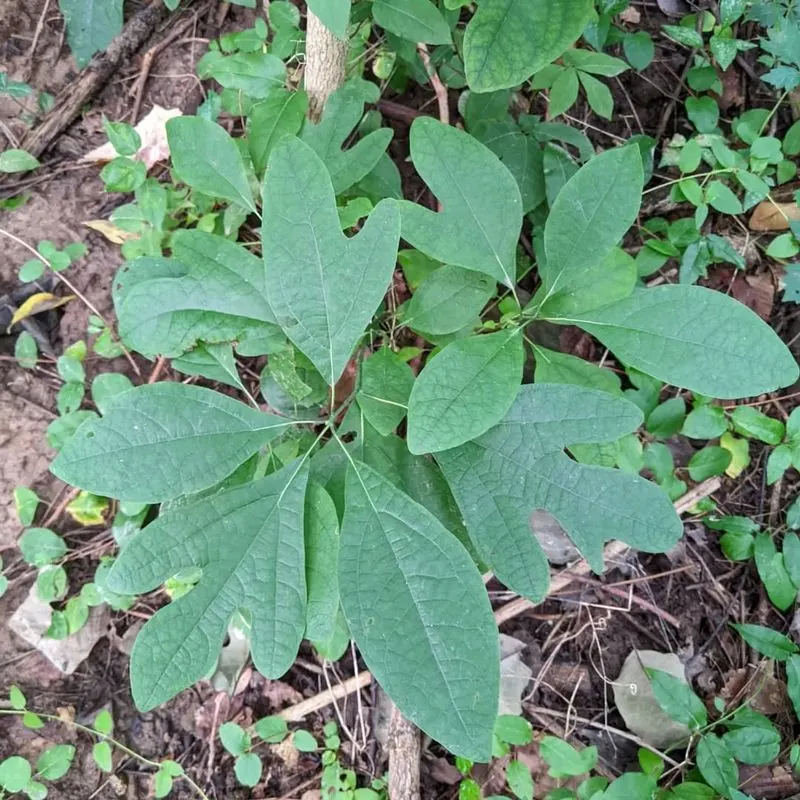
Sassafras, once used to flavor root beer, is restricted in the EU due to safrole’s carcinogenic potential. In the US, it’s regulated but still available for certain uses. This plant’s journey from culinary delight to cautionary tale highlights the evolving understanding of food safety. Its presence in American history reflects a blend of nostalgia and precaution, demonstrating the intricate balance between tradition and health regulations.
Comfrey
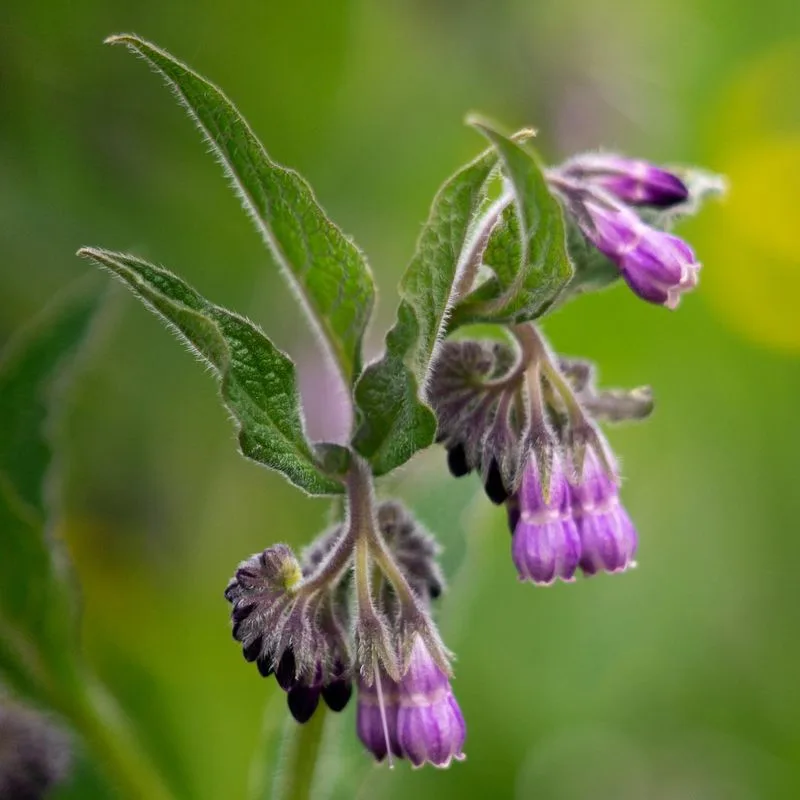
Comfrey, cherished for its healing properties in traditional medicine, is restricted in Australia due to liver toxicity concerns. In the US, it’s sold with cautionary labels, emphasizing consumer awareness. This plant’s dual nature as both healer and potential harm illustrates the complex relationship between natural remedies and health safety. Its story in the US is one of informed choice, where benefits and risks coexist in a delicate balance.
Kava

Kava, a ceremonial drink from the Pacific Islands, is banned in countries like Germany due to liver damage concerns. In the US, it’s embraced for its calming effects, available in bars and health stores. This contrast highlights the cultural significance of kava and the diverse perspectives on herbal safety. Its status showcases the balance between tradition and modern health concerns, reflecting the rich tapestry of global plant use.
Yohimbe
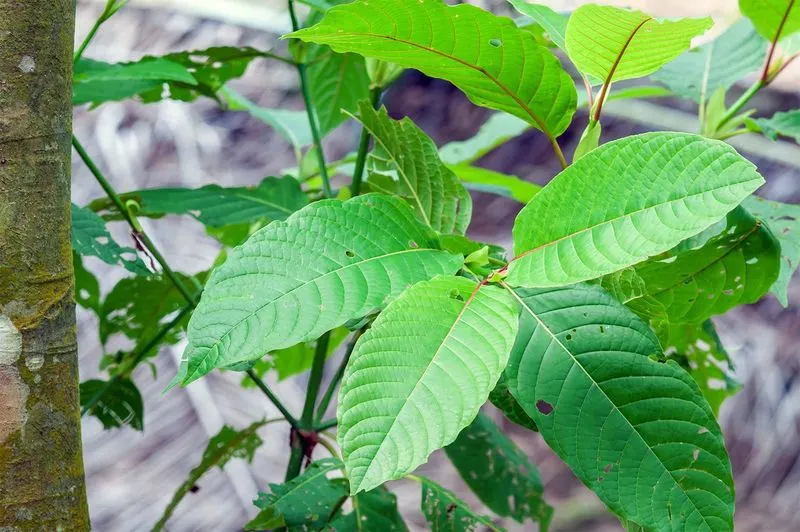
Yohimbe, an African tree known for its aphrodisiac properties, is restricted in some European countries due to safety concerns. In the US, it’s sold as a dietary supplement, demonstrating the varying attitudes toward herbal potency. This plant’s journey from traditional use to modern supplement reflects the ongoing dialogue between cultural heritage and scientific scrutiny. Its availability in the US underscores the complex landscape of herbal regulation.

